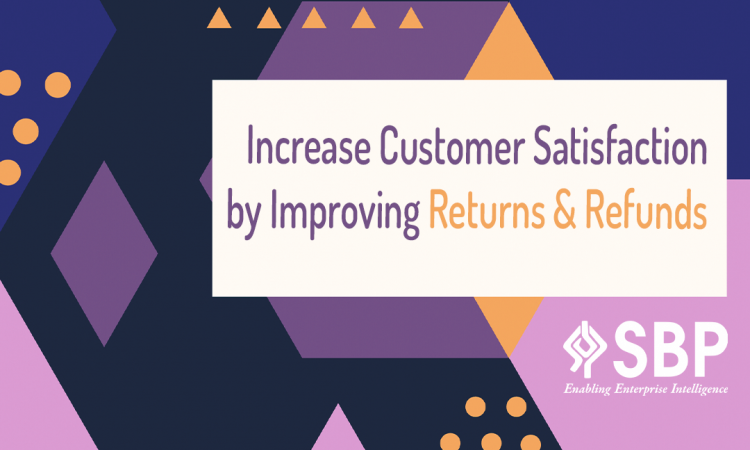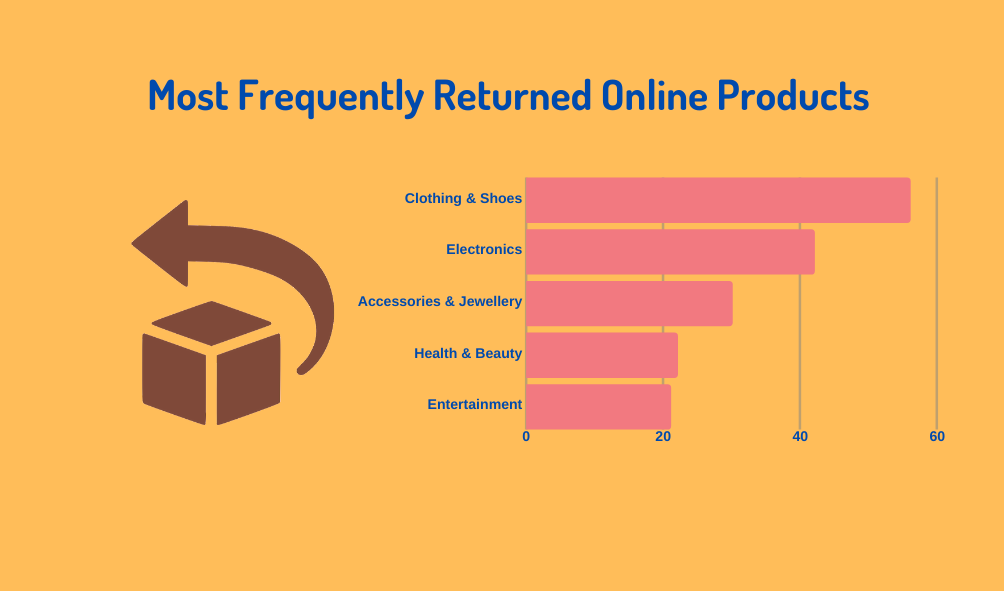
Returns in Retail: The Essential Perk For Customers
Returns can be a major headache for retailers. There’s the cost to processing returns, in terms of staff and resources, and there’s also the risk that items returned may not be easily resold. All this influences retailers’ profit margins. It’s especially a problem for online retailers, according to Paazl – while returns rate to stores is around 8%, it jumps to around 25% for items bought online!
A Survey by Barclaycard research asked retailers how returns impact their business.
-
57% of retailers said that dealing with returns has a negative impact on the day-to-day running of their business.
-
33% of online retailers offer free returns but offset the cost of this by charging for delivery.
-
20% said they had increased the price of products to cover the cost of returns.

As online sales increase year over year, so do Ecommerce return rates. Here is the current state of Ecommerce returns:
-
Customers expect free returns: Like it’s done with two-day and same-day shipping, Amazon Prime has made free returns synonymous with Ecommerce for many shoppers. 79% of customers won’t purchase from an online store that charges return shipping fees. While free return shipping won’t make sense for every business’ margins, offering it may cause a big enough increase in sales that it essentially pays for itself. We recommend crunching some numbers to figure out just how many additional orders it will take to break even on free return shipping.
-
Refund speed matters: 72% of online customers expect a refund credit within 5 days of returning merchandise. Even in an otherwise smooth return process, waiting too long to credit a customer can hurt brand loyalty: 88% of customers would limit or stop shopping with a merchant that took too long to credit the refund. Ensuring a quick return and refund process will keep customers coming back to your store time and again.
-
It pays to have a process: If you’re just starting out in Ecommerce, it may be tempting to handle returns on an ad-hoc basis. However, as your business grows, investing in your returns process can pay dividends. Your process should make it extremely easy for your customers to make a return, which means making our process simple. 58% of customers say they want a hassle-free return policy, and 47% want an easy-to-print return label.
Penske found that businesses that invest in improving reverse logistics processes see a 12% increase in customer satisfaction and a 4% decrease in cost.
Barclaycard research looked at the issue of serial returners, shoppers who deliberately over-order so that they can keep the items they want and return the rest.
-
30% of shoppers deliberately over-purchase and subsequently return unwanted items.
-
19% admitted to ordering multiple versions of the same item so they could make their mind up when they’re delivered.
Retailers are also trying to stem the tide that is return fraud/abuse (returns or exchanges of stolen merchandise to secure cash or purchase products and use them without intending to keep them). Considering all these factors and the trade-offs, in some parts of retail, consumers will likely see liberal policies restricted likely in small ways. However, it is best to sneak in those policy changes slowly and unobtrusively, because as inappropriate as the drug analogy may have been all those years ago, free returns really is like a drug and trying to change consumer behavior and weaning people off this perk can have painful and costly consequences.
SBP offers SAP Commerce (Hybris) services to help you make the best of online retailing.
Reach out to us on “getHybris@sbpcorp.com” for a demo on our portfolio of products “Omnibus Commerce for SAP Commerce”.



